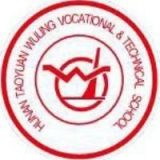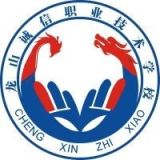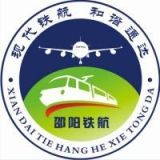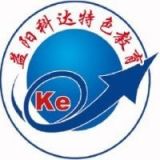英文翻译的未来发展趋势是什么?
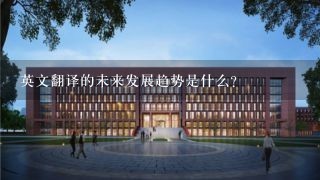
The future development trend of language translation is a complex and multifaceted issue with various factors influencing its trajectory. Here are some key trends to consider:
1. Artificial Intelligence (AI):
- AI-powered translation models are rapidly improving, with systems like Google Translate and Microsoft Translator achieving high accuracy and fluency.
- AI will likely play a significant role in the future of translation, automating tasks like data preparation, translation, and quality assurance.
2. Natural Language Processing (NLP):
- NLP techniques, such as machine learning and deep learning, are continuously enhancing the ability of machines to understand and generate human language.
- These advancements will further improve translation quality and efficiency.
3. Cross-lingual Translation:
- As the world becomes increasingly interconnected, the need for cross-lingual translation is increasing.
- Advances in cross-lingual machine translation (XLM) systems, such as those developed by Google and Microsoft, will play a crucial role in bridging language barriers.
4. Specialized Domains:
- Specialized domains, such as legal, medical, and technical translation, are becoming increasingly important.
- AI-powered tools and specialized models can provide high-quality translations in these domains.
5. Multilingual User Experience:
- The demand for multilingual user experiences is growing, with companies and organizations aiming to provide localized content in multiple languages.
- This trend will continue to drive the development of translation tools and technologies.
6. Accessibility and Inclusivity:
- The accessibility of language translation is becoming increasingly important, especially in developing countries.
- Efforts to make translation technology more accessible and inclusive will continue to gain traction.
7. Ethical Considerations:
- As AI and machine translation become more advanced, ethical considerations such as bias, transparency, and accountability will become increasingly important.
- Developers and users will need to address these challenges to ensure responsible use of translation technology.
8. Integration with AI-powered Systems:
- Translation will likely become more integrated with AI-powered systems across various industries, such as healthcare, education, and business.
- This convergence will create new opportunities for improving translation quality and efficiency.
In conclusion, the future development trend of language translation is rapidly evolving, driven by AI, NLP, cross-lingual translation, specialized domains, multilingual user experience, accessibility, ethical considerations, and integration with AI-powered systems. These trends will continue to shape the future of language translation, leading to more accurate, efficient, and inclusive communication across the globe.





































